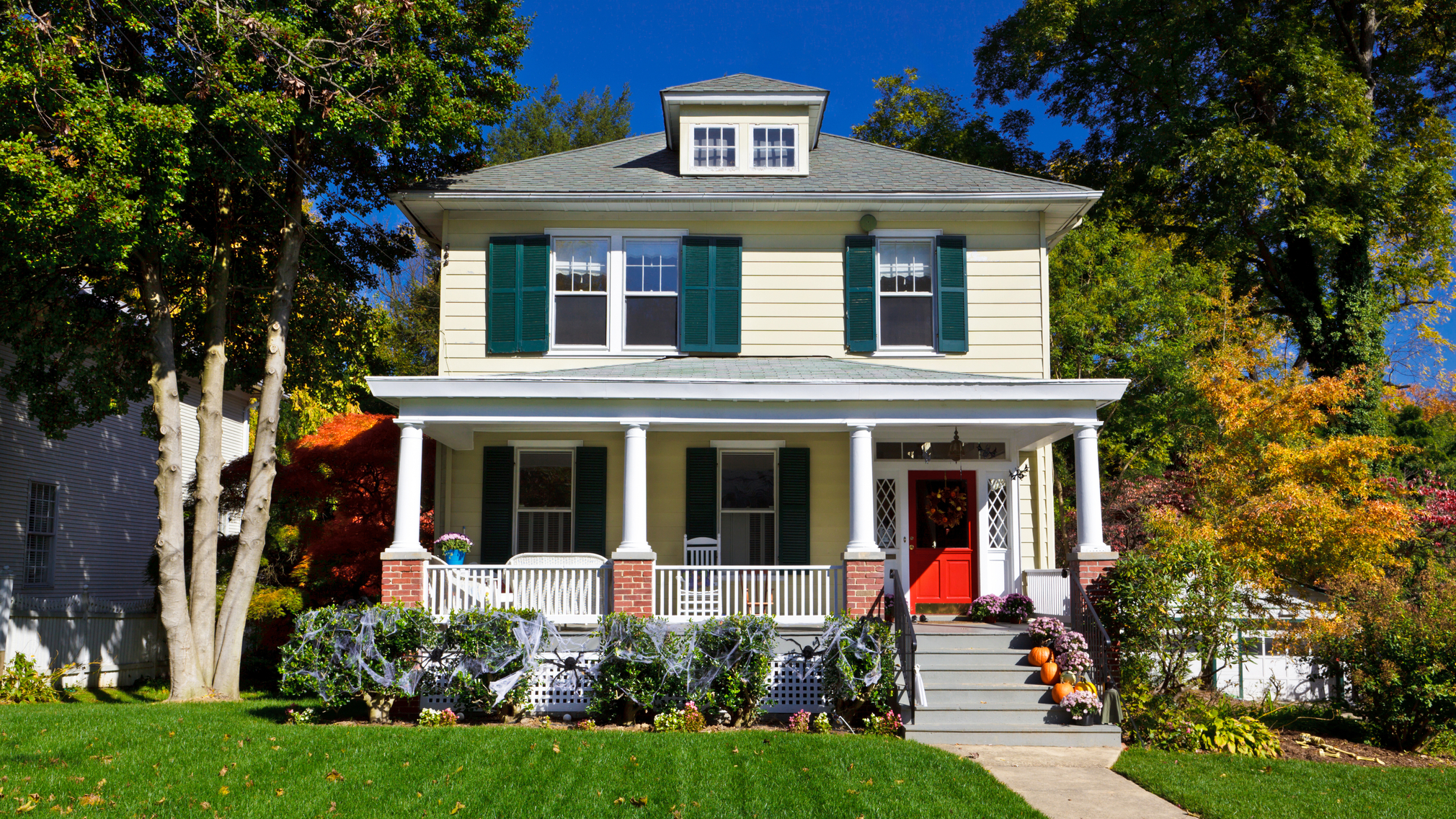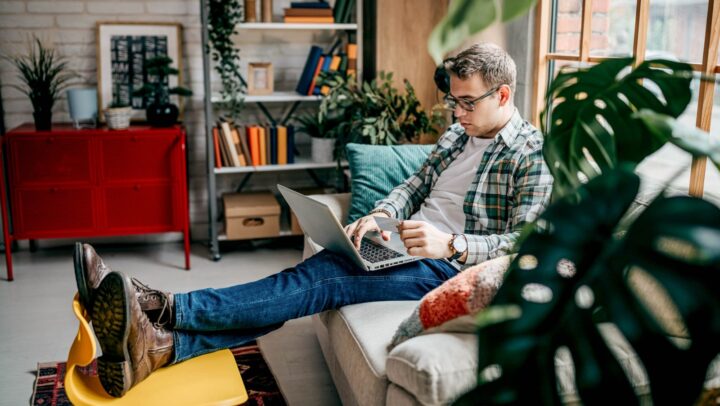8 Reasons Why Fall Could Be a Housing Market ‘Sweet Spot’ in 2025
Motivated sellers, price cuts and longer shopping times are hallmarks of the fall shopping season.


Written by Susan Kelleher on September 14, 2025
Reviewed by Kara Ng, Edited by Jessica Rapp
The busiest time of year for buying and selling homes is behind us, but for many shoppers and sellers, the coming months are a period of opportunity. If recent fall seasons offer a preview of what’s ahead, there’s likely to be less competition among buyers and more deals on homes that haven’t yet sold.
“There’s a lot of uncertainty out there, and some buyers are just waiting to see what happens,” says Zillow Senior Economist Kara Ng. “So if you’re able to buy, fall could be a sweet spot since you won’t be competing against the pool of buyers waiting on the sidelines.”
The downside to shopping in the fall is that buyers may find fewer new choices than if they had shopped months earlier, says Ng.
With that background, here’s how the fall 2025 market is likely to shape up.
1. Buyers have more homes to choose from
Zillow data shows the number of homes for sale is just below a nearly 6-year high. But that abundance may not last.
The total number of homes listed for sale is up 15% from last year — only July and June of 2025 have had more homes for sale since 2019. But the pool of options may be evaporating earlier than normal this year. Sellers pulled back sharply in August, pushing new listings down 7.3% from a month earlier and curtailing total inventory by 1.3%.
“Home shopping season has been very soft this year,’’ says Ng. “This year, we peaked in February, March and April — that was the height of it. And now it’s going to slowly cool until we hit the end of the year, when it starts picking up again.”
2. More homes = more time to shop
The pace of decision-making is still far from leisurely, but fewer shoppers in the fall means buyers are likely to have more time to consider their options. In August, a typical seller found a buyer 27 days after listing their home for sale. That's three days longer than the previous month and a week longer than this time last year.
“If you’re a buyer, you’re likely to have more time to decide on your options," Ng says. “You have time to really consider if that home is the right fit for you.”
3. Buyers can lock in their budgets
Mortgage rates have hovered around 6% to 7% for most of the past year. Barring some unfavorable economic news, rates are expected to hover in the low 6% going into the fall, Ng says. What’s likely to happen after that depends on the state of the economy.
The Federal Reserve Board, which is responsible for controlling inflation and helping maximize employment, is eyeing at least one rate cut in the fall and possibly more. (The key rate is important because it influences interest rates throughout the economy, including mortgage rates. When the Fed lowers or raises the key rate, mortgage rates tend to follow.)
Lower rates are obviously good news for buyers, especially those who have locked in their home-buying budgets and are keeping an eye on rates.
If mortgage rates do dip, buyers can save on their monthly payments — or boost their home-buying budget. But Ng says there are tradeoffs when rates drop, since lower rates tend to pull more buyers into the market. A surge of buyers means more competition, which could raise home prices, reduce choices and/or diminish buyers’ ability to negotiate price and other concessions.
4. Prices have flattened in many markets
In recent years, double-digit price growth meant buyers were constantly chasing the magic number they needed to hit their budgets for buying and down payments. This year’s sluggish market has kept prices in check, and Zillow economists are predicting a decline of 0.9% in home values nationally by the end of the year.
Locally, Zillow’s Market Heat Index shows a mixed picture in terms of competition so values are increasing in some markets and dropping in others. Overall, though, slower appreciation and flattening home values nationally are giving buyers a much-needed break from the price run-ups of the past four years.
5. Sellers are still cutting prices
Last fall, price cuts were highest in July, August, September and October, and began to decline gradually in November. How that plays out this fall will depend in large part on broader economic trends, says Ng.
Nationally, about 26% of sellers cut their prices in August, down from an all-time high of 27% in July. Many sellers are sweetening deals with concessions such as covering closing costs or buying down mortgage interest rates for the first one to three years.
Local markets have their own dynamic, so you can expect to see a range of differences depending on where you’re shopping. In Denver, for example, 38% of listings had price cuts in August, while in Rochester, only 14% of sellers lowered their prices. Zillow data going back to August 2023 shows that the typical price cut is $10,000.
Even modest concessions can lower a monthly mortgage payment or reduce the cost of buying, so it’s worth talking with your agent about the dynamics of your local market to see whether concessions are common and whether your local market favors buyers or sellers.
6. The market is more balanced
As more sellers list their homes for sale, the advantage that sellers enjoyed nationally for the past few years has largely disappeared in favor of a neutral market that favors buyers and sellers equally. That trend is likely to continue through the rest of the year, although buyers could lose some of their advantage if sellers continue to hold off listing their homes, Ng says.
Locally, there are still markets that strongly favor sellers and those where buyers have an edge. Sun Belt metros such as Austin, Tampa and parts of coastal Texas/Florida lean buyer-friendly, while much of the Northeast and West Coast metros remain seller markets.
Zillow data shows that sellers tend to have the edge in the spring and lose it in the fall, when a lot of potential buyers retrench for either the holidays or the next home shopping season.
7. Buyers may be able to avoid bidding wars
These dreaded bidding wars, common the past few years, are super stressful and demoralizing if you’ve ever lost out on a home you hoped to buy. If you’re in a strong sellers’ market, bidding wars may be hard to avoid. But if you’re in a buyer’s market or a neutral one, you’re less likely to be up against multiple buyers angling for the same home. Regardless of the season, competing against fewer buyers makes bidding wars less likely.
8. Buyers may have more negotiating power
Sellers who listed in April, May or June and haven’t sold by summer often lower prices, hoping for a fall sale. If you’re a buyer who is hoping to strike a deal, look for homes that have been on the market for a while and that may already have lowered prices to entice buyers. You may find a motivated seller who is more willing to negotiate.
The right time to buy?
Affordability challenges created by higher interest rates and escalating home prices have resulted in pent-up demand by potential buyers who are waiting for the right time to buy, Ng says. If interest rates drop unexpectedly, some of that demand is likely to get unleashed since previous rate drops have caused a surge in buyers.
“An unexpected drop in interest rates is great for affordability,’’ says Ng, “but then it opens up a wider pool of buyers, so you lose some of the advantages. It's a ‘would you rather’ game? Would you rather have favorable conditions and compete with a whole bunch of other people, or maybe slightly less favorable conditions where you can have less competition and really find the home that fits you?”
As always, there’s no one right time to buy. Given the pace of price cuts and slower sales speeds, fall could be an opportune time for buyers who know what they want, can afford to buy at current prices and interest rates, and appreciate a little elbow room at the negotiating table, says Ng. If that sounds like you, this could be your sweet spot.
Just be sure to have your budget figured out, and your financing lined up so you can focus your search and act quickly if you find a home you love.
A local agent can help you stay competitive on a budget.
They’ll help you get an edge without stretching your finances.
Talk with a local agent


